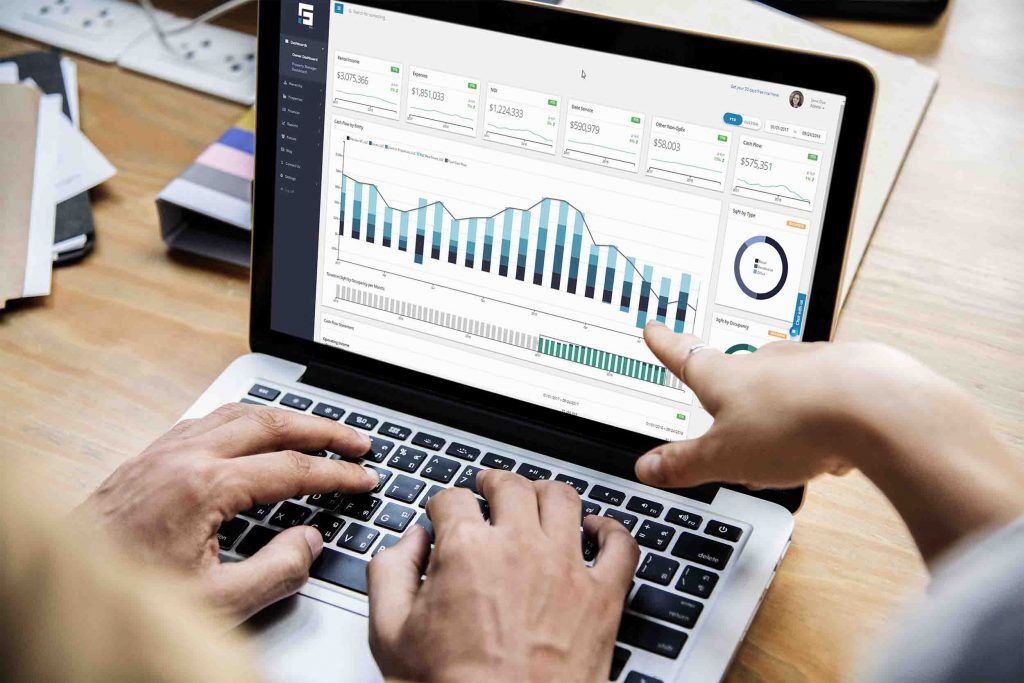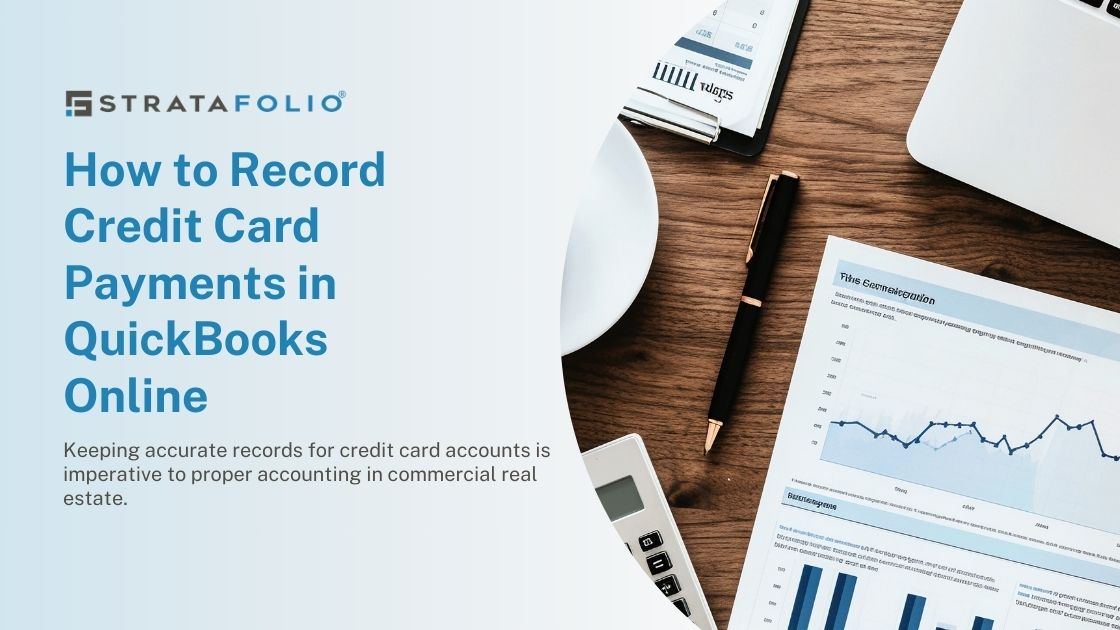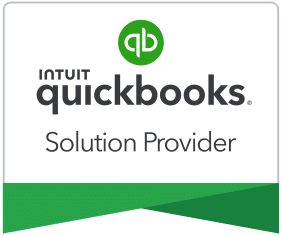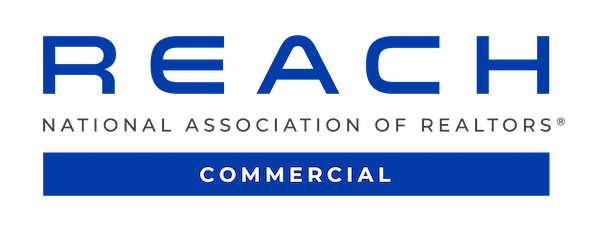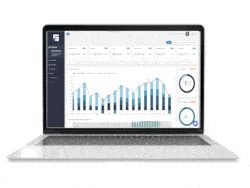CAM reconciliation is a very complicated and confusing process, but it is an important responsibility that falls upon commercial property owners. If you’re a commercial property owner in California, you’ve most likely been frustrated by CAM reconciliations in the past. In this blog post, our team at STRATAFOLIO will explain how CAM reconciliation in California works, its importance for California property owners, and share our tips for avoiding common CAM reconciliation mistakes.
How CAM Reconciliation Works
CAM reconciliation for commercial property owners involves the process of comparing estimated charges for common area maintenance (CAM) with the actual expenses incurred. Here’s a quick breakdown of how CAM reconciliation works in 3 steps:
Estimation
Commercial property owners begin by estimating the CAM charges for the upcoming fiscal year. This involves projecting expenses such as cleaning, landscaping, repairs, utilities, and other common area maintenance costs. Once the estimated charges are determined, property owners allocate them among the tenants based on their leased space or according to predetermined allocation methods outlined in lease agreements. Tenants make regular monthly CAM payments based on the estimated charges throughout the fiscal year, alongside their rent payments. These payments contribute to covering the anticipated CAM expenses.
Reconciliation
Throughout the fiscal year, property owners carefully document and retain records of the actual CAM expenses incurred. This includes invoices, receipts, and other relevant supporting documentation for each expense. At the end of the fiscal year, the property owner initiates the CAM reconciliation process. They compare the estimated charges collected from tenants with the actual expenses incurred during the year. Based on the CAM reconciliation, the property owner calculates the variance between the estimated charges collected and the actual expenses paid. This reveals whether there was an underpayment or overpayment by tenants.
Adjustment
Depending on the reconciliation results, adjustments are made to tenant payments. If the estimated charges were lower than the actual expenses, tenants may owe additional payments to cover the shortfall. If the estimated charges exceeded the actual expenses, tenants may be entitled to a refund or credit. The property owner provides reconciliation statements to each tenant, outlining the adjustments made and any outstanding amounts owed or credited. These statements provide transparency and clarity regarding the reconciliation process. Property owners communicate the CAM reconciliation results to tenants, explaining the adjustments and addressing any questions or concerns. As a commercial property owner in California, proper CAM reconciliation is necessary to protect you from unwanted legal disputes.
CAM Reconciliation in California
In California, CAM reconciliation is regulated by state law, and there are specific requirements that commercial property owners must follow. Researching your local requirements and consulting legal professionals for accurate and up-to-date information is key, but here are some general guidelines to consider for CAM reconciliation in California:
- Disclosure Requirements: California law requires landlords to disclose the specific CAM fees and expenses that tenants may be responsible for in lease agreements. This disclosure should provide a detailed breakdown of the common area maintenance expenses that tenants can expect to contribute towards.
- Landlords in California must charge tenants CAM fees that are reasonable and directly related to the maintenance and operation of common areas. The expenses should be justifiable and proportionate to the services and amenities provided.
- Proration: CAM fees should be prorated based on the tenant’s leased space. The charges should reflect each tenant’s fair share of the overall common area maintenance expenses.
- Separation of Expenses: Landlords should clearly separate eligible CAM expenses from other non-CAM expenses. This ensures transparency and helps tenants understand the specific costs they are responsible for.
- Documentation and Record-Keeping: Landlords must maintain accurate records of all CAM expenses and invoices. These records should be available for tenants to review upon request. Transparent record-keeping is crucial for supporting the accuracy and validity of CAM charges.
- Dispute Resolution: California law provides mechanisms for resolving disputes related to CAM fees. Landlords should prepare to address tenant concerns and engage in good-faith negotiations to reach a resolution. They can utilize mediation and arbitration if necessary.
- Annual Budgets: Landlords often need to provide tenants with an annual budget that outlines the projected CAM expenses for the upcoming year. This allows tenants to anticipate and plan for their financial obligations.
Common Mistakes and How to Avoid Them
As a California property owner, you know that CAM reconciliation is a tedious, time-consuming task. Because of this, it’s easy for mistakes to be made during the process. Here are some common mistakes we frequently see commercial property owners making with CAM reconciliation:
- Poor record-keeping
- Overcalculation or undercalculation of CAM expenses
- Failure to perform previous CAM reconciliations
- Failure to formally add tenant-specific exclusions to lease agreements
- Incorrect allocation of expenses
To help you avoid making any of these mistakes, our team shares our best practices for CAM reconciliation in this blog post. We also share our 5 biggest tips for CAM reconciliation here!
Using STRATAFOLIO for CAM Reconciliation
To guarantee that your CAM reconciliations are completed without errors, we recommend using automated CAM reconciliation with commercial property management software like STRATAFOLIO. Using STRATAFOLIO, you can complete CAM reconciliations in just 1 click. This online platform makes it easier to organize your records, automate invoicing, and keep track of who owes how much. As a result, you can calculate accurate charges with ease.
If you’d like to learn more about how STRATAFOLIO connects to QuickBooks and helps you manage your finances, operations and more, contact us today! We’ll be happy to schedule a 1:1 demo and answer any questions you may have about CAM reconciliation.


